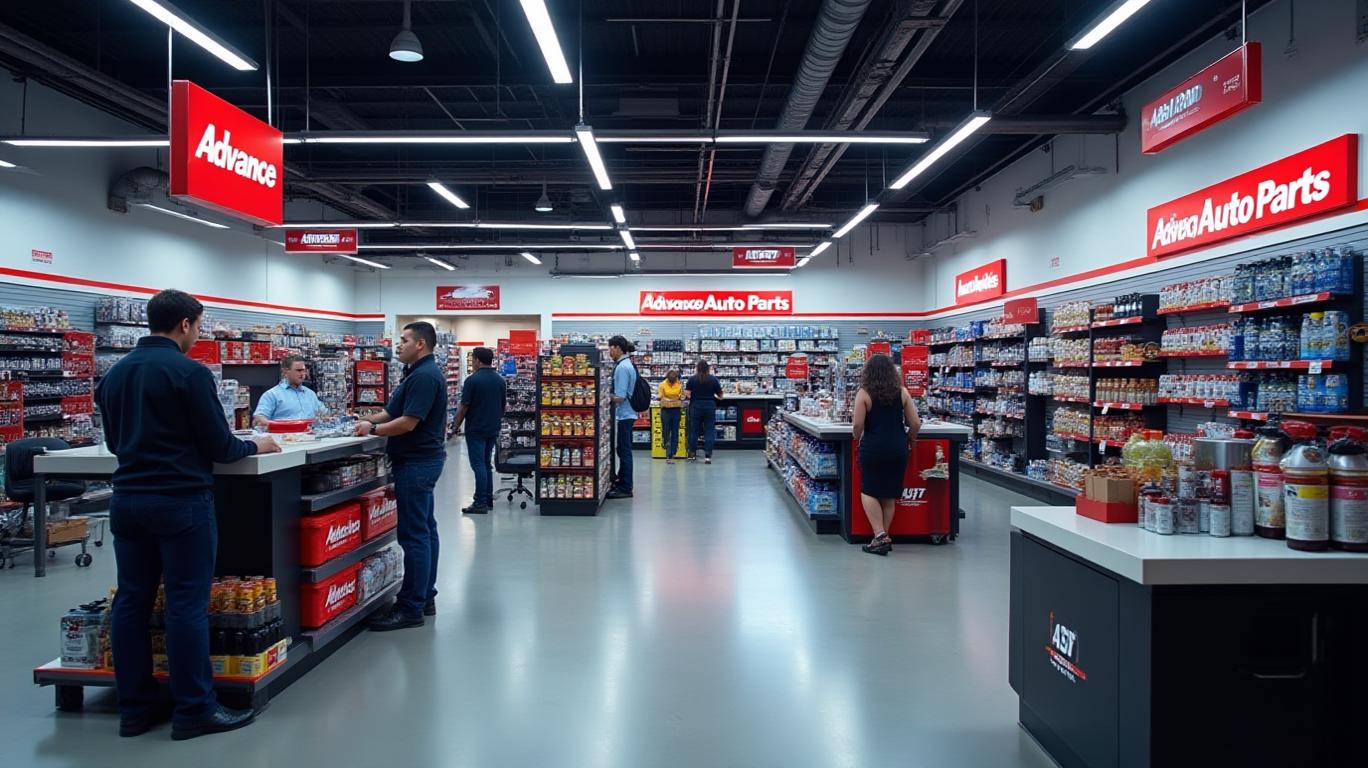Advance Auto Parts: A Turnaround Tale of Restructuring and Margin Recovery
Advance Auto Parts (AAP), the automotive aftermarket leader, finds itself at a pivotal juncture. After years of margin erosion and operational turbulence, the company has embarked on a bold restructuring plan that could unlock significant value for investors. Let's dissect the data to uncover why now might be the optimal time to position for this turnaround story.
The Turnaround Begins: A Surge in Operational Restructuring
Advance Auto Parts has been aggressively overhauling its business model to combat declining margins. Central to this strategy is a massive store footprint optimization program, which involves closing over 500 corporate stores by mid-2025. This move, though initially painful (contributing to a 90-basis-point margin headwind in Q1 2025), is critical to reducing excess capacity and focusing resources on high-performing locations.

The results are already visible. By Q1 2025, Pro sales—the higher-margin segment targeting professional installers—grew for 8 consecutive weeks, signaling a strategic shift toward serving this lucrative customer base. Additionally, the company's $200 million annualized cost-reduction program (including $150 million in SG&A cuts and $50 million in indirect spend savings) is trimming excess fat. These efforts are laying the groundwork for a leaner, more profitable future.
Margin Improvement: From Crisis to Clarity
The data paints a compelling picture of recovery. In 2023,
faced severe margin pressures, with gross profit margins plunging to 38.6% in Q4 (down from 43.6% in 2022). By Q1 2025, gross margins stabilized at 42.9%, while the company's adjusted operating margin (excluding restructuring costs) improved to -0.3%—a stark contrast to the -2.0% GAAP operating loss.
The full-year 2025 guidance is even more promising:
- Adjusted operating margin target: 2.0%-3.0% (up from 1.0% in 2023).
- Diluted EPS: Expected to rebound to $1.50-$2.50, nearly quadruple 2023's $0.50.
Risks and Mitigation: Navigating Headwinds
No turnaround is without challenges. The company faces lingering threats:
1. Tariffs and Trade Costs: New tariffs have added pressure to input costs. Management, however, is countering this via supply chain consolidation and strategic sourcing.
2. Labor Costs: Q1 2025's 48.0% SG&A margin (vs. 41.5% in 2024) reflects rising wages, but non-GAAP metrics show progress—adjusted SG&A dipped to 43.2%, a sign labor efficiencies are materializing.
Why Invest Now? The Bull Case
The stock's valuation reflects a market skeptical of its turnaround potential. At current prices, AAP trades at just 6.5x EV/EBITDA (based on 2025E EBITDA estimates), a discount to its historical average and peers.
Here's the catalyst for a rebound:
- Free Cash Flow Turnaround: While Q1 2025 saw an outflow of $198 million, management projects a full-year free cash flow of $(85) to $(25) million—a marked improvement. By 2026, the store closures and cost cuts should yield positive free cash flow.
- Pro Sales Dominance: The Pro segment's 8-week growth streak underscores its resilience. With 60% of Pro sales tied to recurring maintenance work, this division is a steady revenue engine.
Conclusion: A High-Reward Opportunity
Advance Auto Parts is at an inflection point. The restructuring program is reshaping its cost structure, while Pro sales and margin improvements signal a path to profitability. At current valuations, the stock offers asymmetric upside—a 20-30% return potential over the next 12-18 months—if the 2025 guidance is met.
Investors should act now to capitalize on this undervalued turnaround story. The restructuring pain is nearing its end, and the rewards of a leaner, more focused Advance Auto Parts are within reach.
Action Item: Consider a long position in AAP with a price target of $30-$35 by end-2025, supported by margin recovery and Pro sales momentum. Set a stop-loss below $20 to manage downside risk.
This is a high-conviction call for investors willing to bet on operational discipline and strategic realignment. The future is bright—if you're positioned early.

Comments
No comments yet